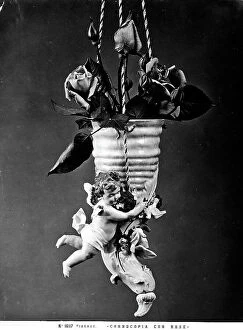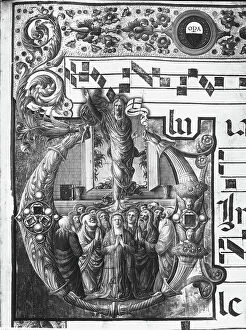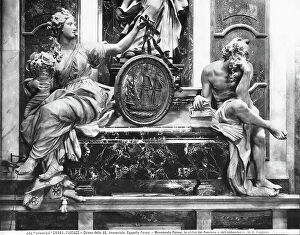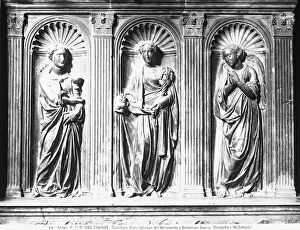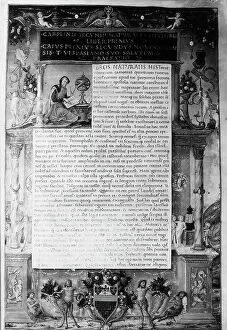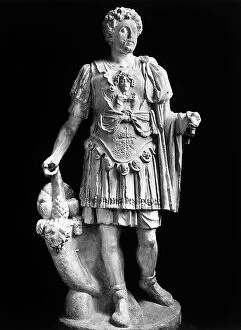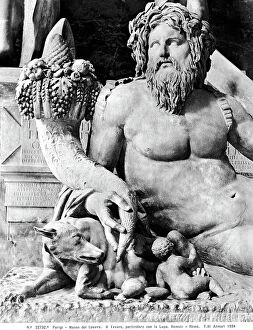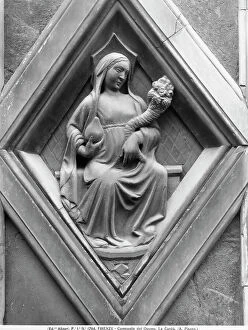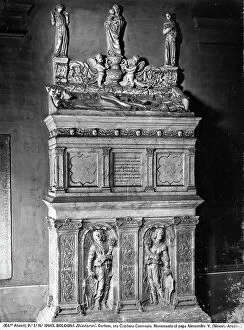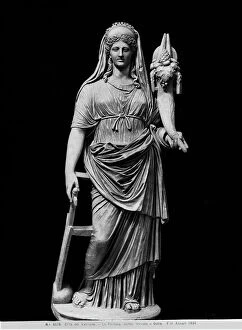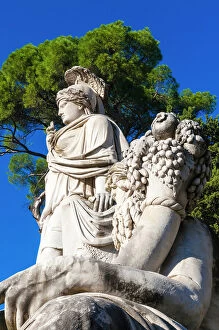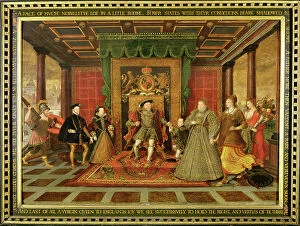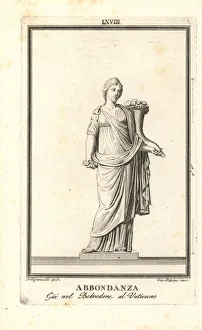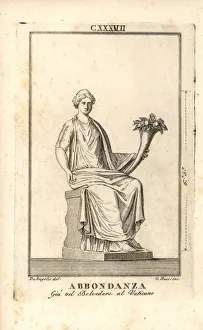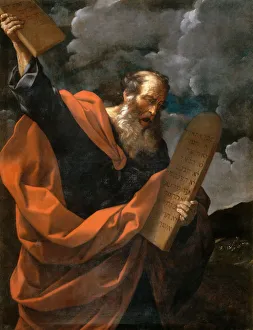Cornucopia Collection (page 4)
"Exploring the Cornucopia: A Journey through Art and History" Step into a world where art intertwines with history
All Professionally Made to Order for Quick Shipping
"Exploring the Cornucopia: A Journey through Art and History" Step into a world where art intertwines with history, as we delve into the captivating concept of cornucopia. From political ravishment to colonial seals, this symbol has left its mark throughout time. In 1797, artist James Gillray depicted "Political Ravishment, or the Old Lady of Threadneedle Street in Danger. " This satirical artwork highlighted the power struggles and turmoil surrounding wealth and influence. The poster "Eat More Fruit - for Health and Vitality, " published by Retail, reminds us that cornucopia represents abundance and prosperity. It encourages us to embrace nature's bounty for our well-being. A wood engraving from the 19th century showcases Thanksgiving's iconic image – a cornucopia overflowing with harvest delights. It symbolizes gratitude for an abundant harvest season and blessings received. Traveling across continents, we encounter Georgia's colonial seal from around 1750. This contemporary American wood engraving captures the essence of early settlement days when colonists sought fortune in new lands. Fast forward to 1899 when Sears Catalog Cover featured a vibrant depiction of cornucopia. The company recognized its significance as a representation of plenty during an era marked by industrialization and consumerism. Artistic masterpieces also embraced this timeless motif. Rembrandt van Rhijn's painting "The Parable of the Rich Fool" (1627) serves as a cautionary tale about greed overshadowing true wealth found in relationships and generosity. Love takes center stage in Firs Sergeevich Zhuravlev's painting "After the Marriage" (1874), where newlyweds are showered with gifts resembling a bountiful cornucopia – symbolic of their promising future together. Religious narratives often incorporate cornucopias too.






